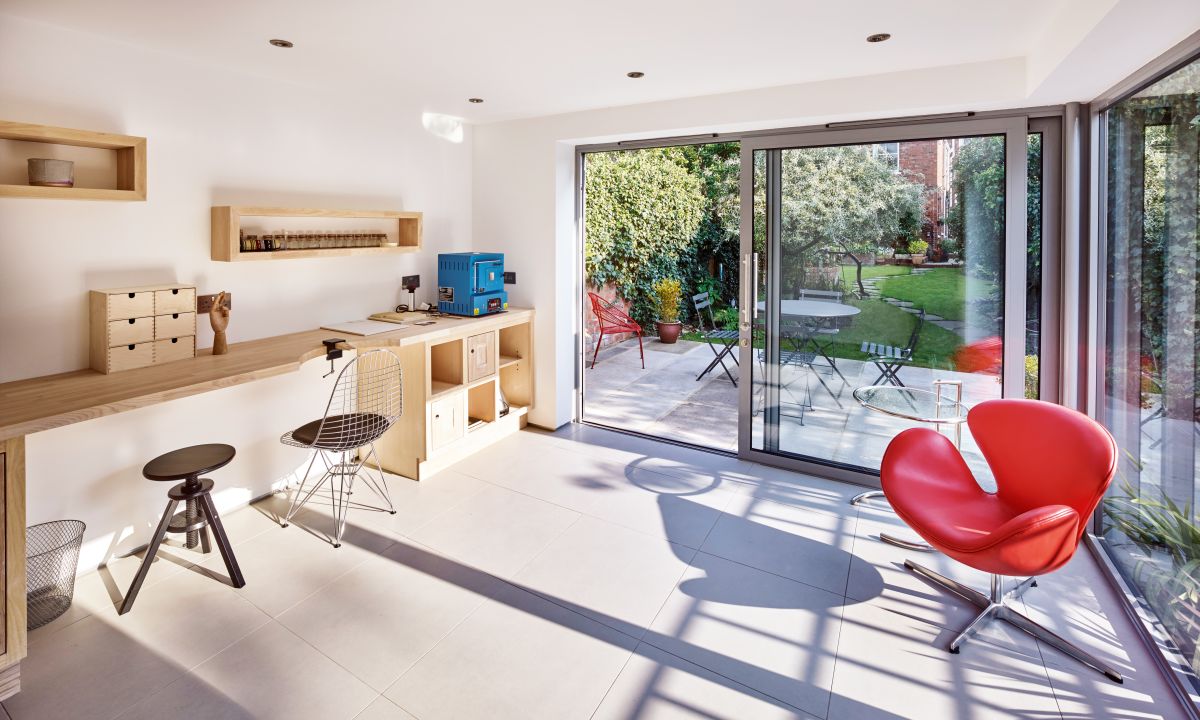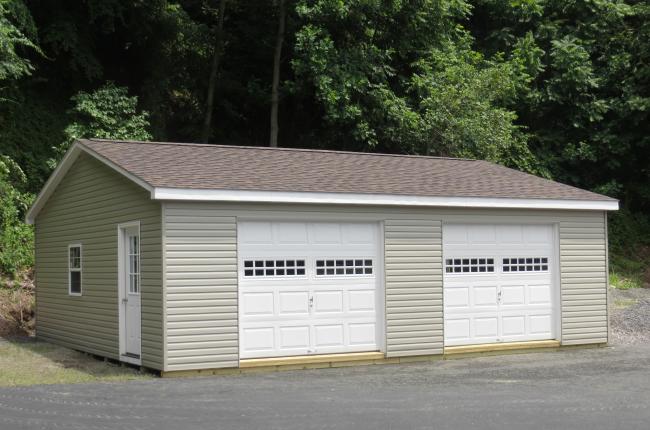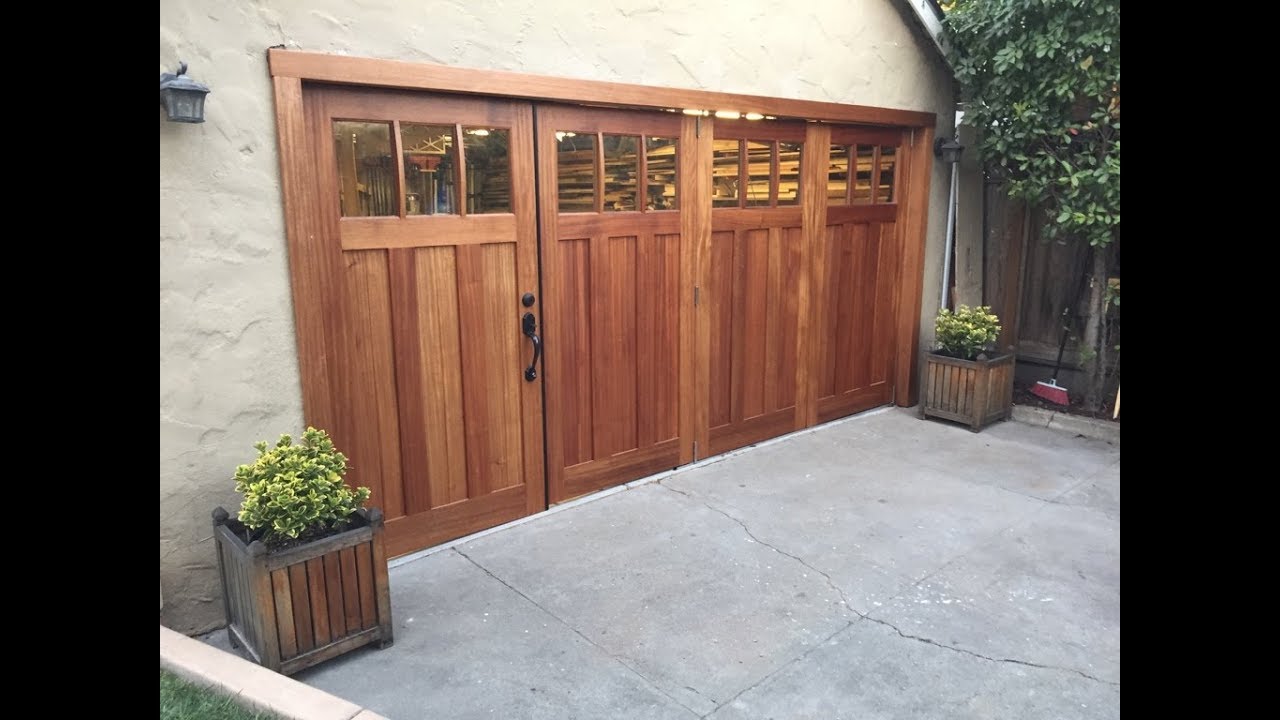
Granny flats can be made from your garage. It's a great way to add extra living space to your house. Good ventilation, insulation, lighting are key ingredients to success. These will keep your interiors dry and warm, as well as protect you from the weather.
Your project will be a success if you take the time to plan your garage to granny home designs. Converting a carport to an livable space may seem easy. You will need to plan the layout of the new structure, the parking requirements, and whether you want to add any features. You may even need to modify the exterior of your house in order to accommodate the new structure.
You will need to adhere to several building regulations when you convert your garage into a granny flat. This includes the Occupation Certificate as well as the Residential Code (Rose Codes) to make sure that you don't put your house at risk. Additionally, you will need to take into account water ingress, fire safety and insulation.

There are many ways you can design a granny home that suits your needs. Using an ADU designer is a great option, as they will know the ins and outs of making the most of a small space. Also, if you are going to be constructing an outdoor living area, you may want to think about landscape design to maintain privacy. Whether you decide to install a pool or a garden, landscaping can be an important factor in creating a comfortable and private living space for you and your family.
A self-contained unit might be an option. These are usually studio apartments, built on top an existing garage. However, some property details might stipulate that the garage is not allowed to be used as a living space.
You must follow the instructions provided by the manufacturer and follow all applicable regulations if you are going to construct your own garage or granny flat. You will need to install wall-mounted light fixtures, a roof and adhesive sealant in addition to creating a functional space.
Consult a professional designer to ensure your project is successful. For example, you might need to create a floor plan or layout, or you might need to replace an existing wide door with a modern, lockable model. The location of your staircases and privacy will be important. Lastly, you will need to consider electrical and plumbing work. It is important to hire a licensed electrician and plumber to help you with your project. They will be installing new wet areas.

The Occupation Certificate proves that your space is legal. You will need an approved certifier to obtain this certificate. Also, your plans and any other documents that prove that you are a homeowner, are required.
FAQ
What's the difference between a remodel or a renovation?
A remodel is a major change to a room or part of a room. A renovation is minor changes to a room, or a portion of a bedroom. A bathroom remodel, for example, is a major undertaking, while a new sink faucet is minor.
A remodel involves replacing an entire room or part of a whole room. A renovation is simply a change to a specific part of a space. Remodeling a kitchen could mean replacing countertops, sinks or appliances. It also involves changing the lighting, colors and accessories. However, a kitchen renovation could include changing the color of the wall or installing a light fixture.
How long does it take to remodel a bathroom?
Two weeks typically is required to remodel a bathroom. This can vary depending on how large the job is. A few small jobs, like installing a vanity or adding a bathroom stall, can be done in one day. Larger jobs like removing walls or installing tile floors and plumbing fixtures can take several hours.
It is a good rule to allow for three days per room. So if you have four bathrooms, you'd need 12 days total.
Remodeling a kitchen or bathroom is more expensive.
Remodeling a bathroom and kitchen can be costly. But considering how much money you spend on energy bills each month, it might make more sense to invest in upgrading your home.
It is possible to save thousands every year with a simple upgrade. Simple changes such as insulation in ceilings and walls can help reduce cooling and heating costs by up to 30%. Even a minor addition can increase comfort levels and increase the resale value.
It is essential to remember that renovations should be done with durable, easy-to-maintain materials. Materials such as porcelain tile, stainless steel appliances, and solid wood flooring last longer and require fewer repairs than vinyl or laminate countertops.
Altering old fixtures can also help reduce utility bills. By installing low-flow faucets, you can lower your water usage up to half a percent. Replacing inefficient lighting with compact fluorescent bulbs can cut electricity consumption by up to 75 percent.
How much would it be to renovate a house vs. what it would cost you to build one from scratch?
Gutting a home involves removing everything within a building including walls and floors, ceilings as well as plumbing, electrical wiring, appliances, fixtures, and other fittings. Gutting is done when you want to make some modifications before moving in. Gutting a home is typically very expensive because so many things are involved in doing this work. Depending on the job, the average cost of gutting a home is between $10,000 and $20,000
Building a home means that a builder constructs a house piece by piece, then adds windows, doors, cabinets and countertops to it. This is done usually after purchasing lots. Building a home is typically cheaper than renovating, and usually costs between $15,000-30,000.
It comes down to your needs and what you are looking to do with the space. You will probably have to spend more to gut a house. But if your goal is to build a house, you won't need to disassemble everything and redo everything. You can build it as you wish, instead of waiting to have someone else tear it apart.
What are the biggest expenses in remodeling a kitchen?
Planning a kitchen renovation can be costly. These include demolition, design fees, permits, materials, contractors, etc. Although these costs may seem relatively small, if you take them all together, they can quickly add up. These costs quickly multiply when they are added up.
Demolition is the most costly cost. This includes the removal of old cabinets, countertops, flooring, and appliances. The drywall and insulation must then be removed. Then, it is time to replace the items with newer ones.
You will need to hire an architect for plans. To ensure that the project meets all building codes, permits must be obtained. You will then need to find someone to perform the actual construction.
Once the job is complete, you will need to pay the contractor. All told, you could spend anywhere between $20,000 and $50,000 depending on how big the job is. Before hiring a contractor, it is vital to get estimates from multiple people.
You can sometimes avoid these costs if you plan. You may be able get better material deals or to skip some of the work. You can save money and time if you are clear about what you need to do.
Many people install their cabinets by themselves. They believe this will save money, as they won’t have to hire professional installers. It is often more expensive to have professional installation services. The time it takes to complete a job can be completed by professionals in half the time.
Another way to save is to purchase unfinished materials. You must wait until the cabinets are fully assembled before purchasing pre-finished material. You can immediately use unfinished materials if you purchase them. Even if it doesn't go according to plan, you can always change your mind later.
Sometimes, it's just not worth the effort. Planning is the best way save money on home improvement projects.
Are you able to spend $30000 on a kitchen renovation?
Depending on your budget, a kitchen renovation could cost you anywhere from $15000 to $35000. Expect to spend over $20,000. For a complete kitchen renovation. For less than $3000, you can update appliances, add lighting, and replace countertops.
A full-scale renovation typically costs between $12,000 and $25,000 on average. However, there are ways to save without sacrificing quality. An example is to install a new sink rather than replacing an existing one that costs around $1000. Or you can buy used appliances for half the price of new ones.
Kitchen renovations take longer than other types of projects, so plan accordingly. It's not ideal to begin working in your kitchen, only to find out halfway through that there isn't enough time to finish the job.
You are best to get started as soon as possible. Begin looking at the options and getting quotes from different contractors. Then, narrow down your options based upon price, quality, availability.
Once you've identified potential contractors to work with, ask for their estimates and compare the prices. It's not always the best option to go with the lowest price. It's important that you find someone with similar work experiences who can provide a detailed estimate.
When calculating the final cost, remember to add all extras. These could include labor costs, permits, and material charges. You should be realistic about what you can spend and stick to your spending budget.
If you're unhappy with any of the bids, be honest. If you don’t like the first bid, let the contractor know and offer to give it another chance. Saving money is not a matter of pride.
Statistics
- 55%Universal average cost: $38,813Additional home value: $22,475Return on investment: 58%Mid-range average cost: $24,424Additional home value: $14,671Return on investment: (rocketmortgage.com)
- 57%Low-end average cost: $26,214Additional home value: $18,927Return on investment: (rocketmortgage.com)
- 5%Roof2 – 4%Standard Bedroom1 – 3% (rocketmortgage.com)
- bathroom5%Siding3 – 5%Windows3 – 4%Patio or backyard2 – (rocketmortgage.com)
- Following the effects of COVID-19, homeowners spent 48% less on their renovation costs than before the pandemic 1 2 (rocketmortgage.com)
External Links
How To
Are you looking for a quick, inexpensive way to spruce up your patio?
There is no better way to add style to your garden than a pergola. Pergolas are a great addition to patios. It provides shade, privacy, shelter and keeps the outside space bright and airy. These are 10 reasons to build a pergola for your next outdoor renovation.
-
Privacy - For those who live in apartments or condos, a pergola creates privacy by creating a barrier between you and your neighbors. It helps to block out the noises of traffic and other sounds. A private space can make your patio feel more isolated.
-
Pergolas can provide shade and shelter on hot summer days. A pergola will keep your patio cool and comfortable during hot summer days. Plus, a pergola adds a decorative element to your patio.
-
You can enhance your outdoor living space by adding a pergola to your patio. This creates a relaxing and comfortable area for entertaining family and friends. You can make it a small dining area if you want.
-
Create a Unique Design Statement - With so many different designs available, you can create a unique look for your patio and make it stand out from others. You have endless options when it comes to pergola design.
-
You can make your patio more energy efficient by including large overhangs that will protect your furniture or plants from extreme weather conditions. This not only protects your items but also keeps your patio cool.
-
You can keep unwanted guests out of your pergolas. They come in a variety of sizes and shapes, so you can customize them to fit the needs of your patio. You can make a pergola with trellises or lattice walls. Or you could have them all. You can control who has access and what they are able to do with your patio.
-
Easily Maintainable - Pergolas require minimal maintenance because they are designed to withstand extreme weather conditions. However, you may be required to repaint the pergola every few years, depending on the paint used. It is possible to also trim dead branches or leaves.
-
Add Value To Your Home - A pergola increases the value of your home by making it appear larger. A pergola is not expensive as long it's maintained well. Some homeowners simply love having a pergola.
-
Protect against Wind Damage – Although most pergolas do not have any roofing material attached, they can still protect your patio furniture and plants from damage caused by wind. They are also easy to install and remove when needed.
-
It's easy on the budget - A pergola can be built without spending a lot of money. Pergolas can be built for less than $1,000, according to most homeowners. This means you can easily finance this type of project.